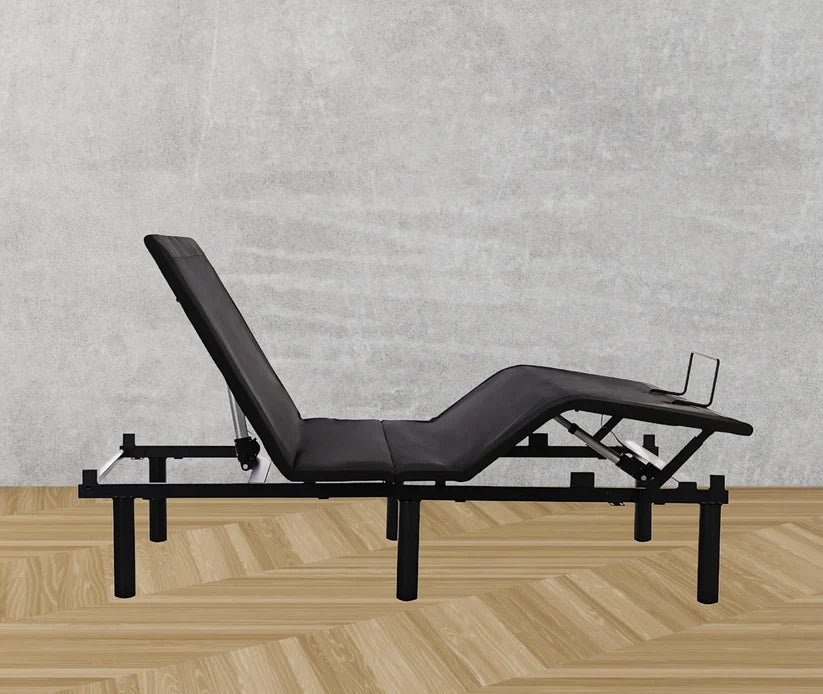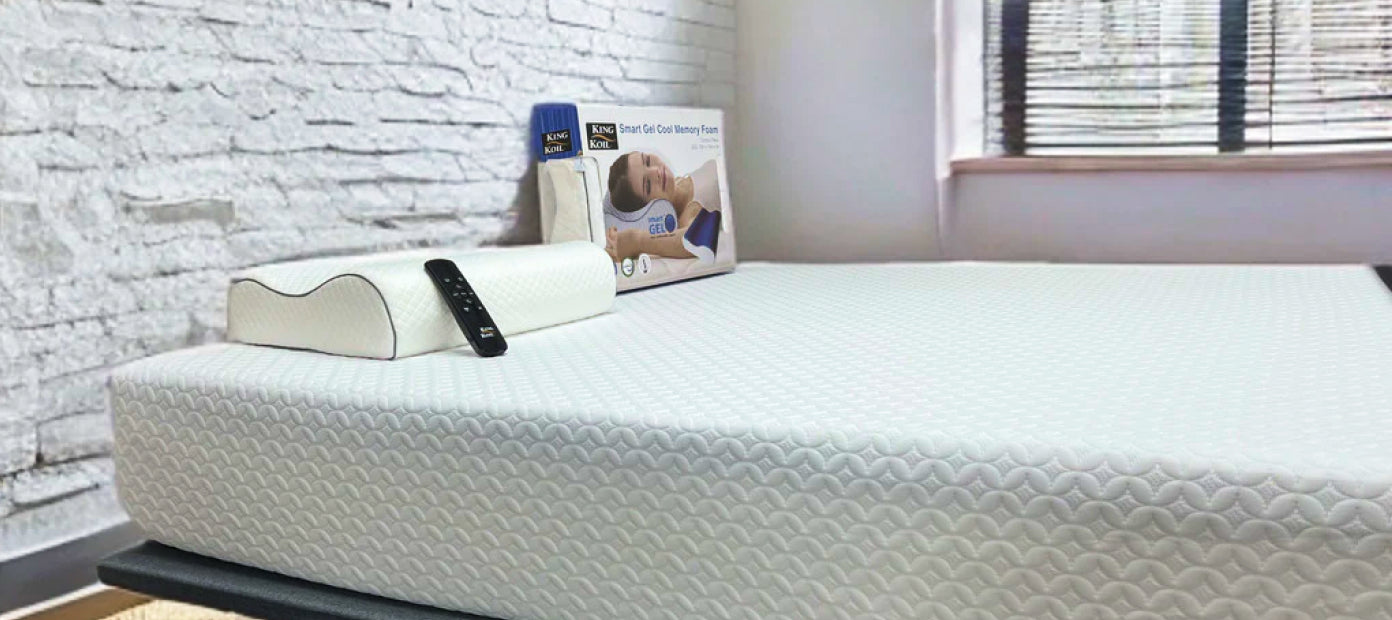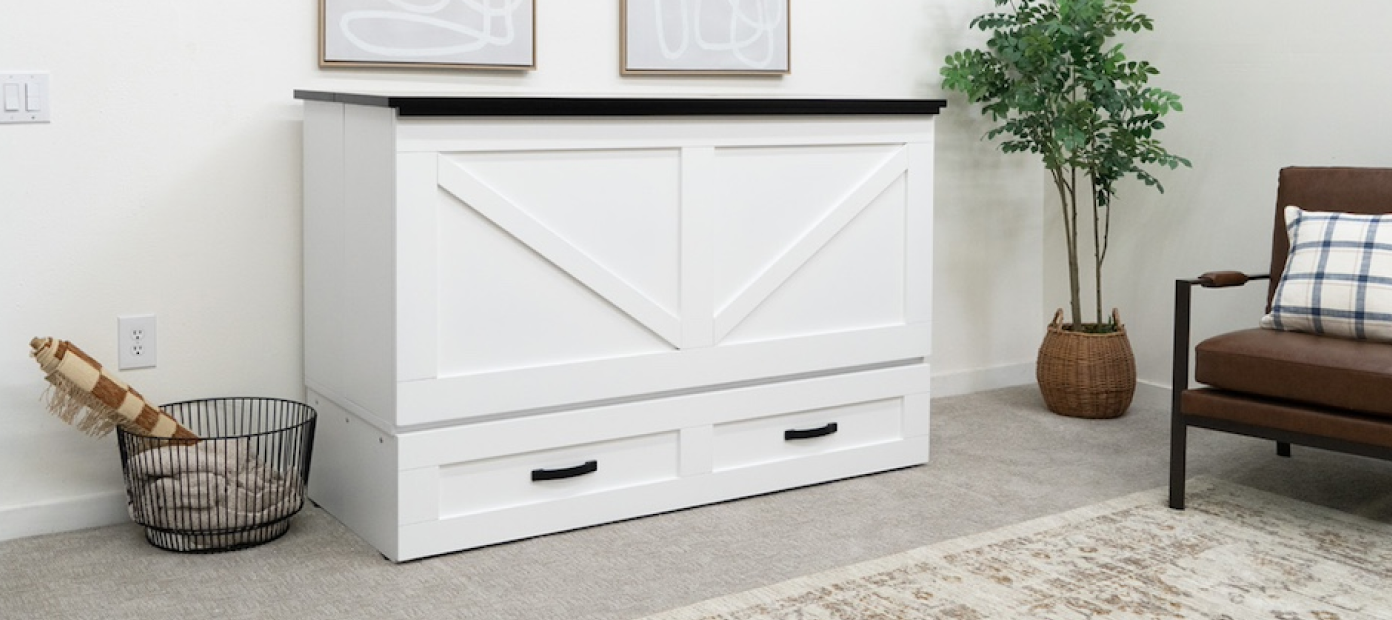Signs It’s Time for You to Get a New Mattress or Pillow
The average person spends about 26 years sleeping in their life. So it’s no surprise that your mattress and pillow will undergo their share of wear and tear! The rule of thumb is that you should replace your pillow every one to two years, and replace your mattress every eight years, give or take. Here are a few other signs to look out for to determine if your pillow or mattress need replacing:
3 Signs Your Pillow Needs Replacing
1.Lumpy Pillow
When the internal material of your pillow becomes compressed, it eventually separates into lumps. The uneven surface can strain your neck and shoulders and interfere with sleep. The reason pillows become lumpy is the stuffing collects dirt, debris and moisture over time. Have you tried tossing your pillows in the dryer with tennis balls? This method will knock out the lumps and fluff your pillows. Learn more here. A new gel pillow might be just what you need.
2. Pillow Folds in Half Easily
A good pillow will unfold on its own when you release it after folding it in half. If it stays folded, then its material has degraded and can no longer support your head properly. Michael J Breus Ph.D from Psychology Today says, “Your mattress is the largest, most important financial investment you’ll make in your sleep. But when it comes to sleep quality, pillows are almost as important as your mattress. If you’re sleeping on a worn-out pillow, scrunching and folding it up every night to get comfortable that’s a red flag that it’s time to update.”
3.You Wake Up Bothered by Allergies
Dust mites collect in pillows, and washing might not eliminate them entirely. A runny nose or irritated eyes in the morning could mean that your pillow is harbouring bothersome allergens. An allergist from the American College of Allergy, Asthma & Immunology says “it is common for allergies to flare up in the morning for a variety of reasons. The first is that people can be exposed to common allergens at night while they are sleeping, and morning symptoms may be a reflection of nighttime exposure.” Nature’s Rest mattresses are particularly good for those who have allergies.
3 Signs Your Mattress Needs Replacing
1.Sagging in the Middle
When you get in bed, does the mattress feel like it’s rolling you toward a dip? That feeling of sleeping on an incline can reduce sleep quality. You can confirm the presence of a sag by placing a metre measuring stick across the mattress. The rigid stick will reveal where the mattress is sagging. Here’s a good video for reference.
2.Noisy Springs
A mattress with metal springs should not make noticeable squeaks or creaks when you get in and out of bed. Noise indicates that the inner structure of the mattress has gone into decline, and the noise and discomfort will only worsen unless you replace it.
3.Morning Back Pain
In the absence of a known injury, arthritis, or a tough workout the day before, your back should not hurt when the alarm goes off in the morning. A mattress that has exceeded its serviceable lifespan frequently inflicts lower back pain. Want to learn more? We think this video does a good job at taking a deep dive into morning back pain.
At the Sleep Shop, we sell mattresses and pillows designed to correct sleep discomfort issues. Our selection includes adjustable beds, memory foam mattresses, and organic latex products. Buying a new mattress or pillow could really be the best thing that you do for yourself all year! Shop our selection online today.






Leave a Comment
Your email address will not be published. Required fields are marked * Comments must be approved before they are published.